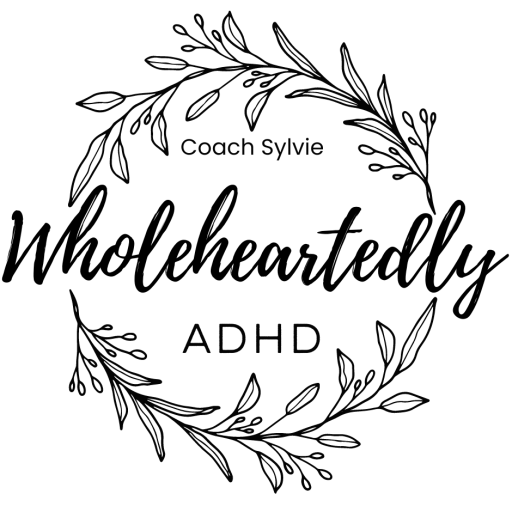Masking, Burnout, & Self-Care
Performing normal, breaking down, and learning to be nice to yourself (for real this time)
Let’s get real: trying to pass as neurotypical is a full-time job. Except it doesn’t come with benefits, PTO, or even snacks. That’s masking—when you suppress, hide, or overcompensate for your natural ways of being so you can seem “normal” (whatever that means).
Masking is saying yes when your whole body is screaming no.
It’s smiling through social hangovers.
It’s forcing eye contact, scripting conversations, trying to read a room while your brain is buffering.
And here’s the kicker: it works… until it doesn’t.
Because masking might keep you afloat short-term, but over time, it slowly pulls the plug on your energy, identity, and mental health. And when that energy runs out? You don’t just get tired. You crash.
Enter: burnout.
What burnout feels like when you’re neurodivergent:
- You wake up tired no matter how much you slept
- The tiniest task feels like a mountain climb in a windstorm
- Brain fog thick enough to butter toast with
- You’re more irritable, emotional, or shut-down than usual
- You can’t remember what brings you joy because everything just feels… flat
- The executive function gremlin has fully checked out, and now you are the gremlin
This isn’t a “bad week.” It’s not “being dramatic.” It’s your nervous system waving the white flag after years (or decades) of pushing past its limits to blend in, behave, and keep the chaos under wraps.
So… what do you do about it?
Cue: self-care — but let’s be real, not the Instagram kind.
Because when you’re deep in burnout, a scented candle and a five-step skincare routine feel about as accessible as climbing Everest in crocs. You don’t need aesthetics. You need survival-level maintenance.
Real self-care for burnout & masking recovery looks like:
- Getting enough salt, water, protein, and carbs — even if it’s crackers and a boiled egg
- Canceling things that drain you and protecting time that restores you
- Choosing one non-negotiable hygiene task and letting the rest wait
- Napping without shame
- Sitting in silence for 10 minutes and calling that meditation
- Practicing saying “I can’t right now” until your throat chakra grows fangs
- Giving your executive function gremlin the week off (or bribing it with cartoons and frozen pizza)
Unmasking = scary but freeing
Unmasking isn’t a switch you flip. It’s a slow, conscious process of noticing when you’re shape-shifting and asking: “Do I really have to do that right now?” It might feel awkward. It might feel vulnerable as hell. But over time, it makes room for authenticity, less burnout, and actual peace.
This section will link to a full Masking, Burnout & Self-Care Deep Dive, where we’ll explore:
- The subtle and not-so-subtle ways we mask (often without realizing it)
- The different kinds of burnout (emotional, cognitive, social, sensory…)
- How to tell when you’re approaching burnout before you crash
- Practical, neurodivergent-friendly self-care that doesn’t rely on willpower
- Safe ways to begin unmasking — especially if you’re not ready to go full goblin in public yet
- What recovery can actually look like (spoiler: it’s not linear, and that’s okay)
